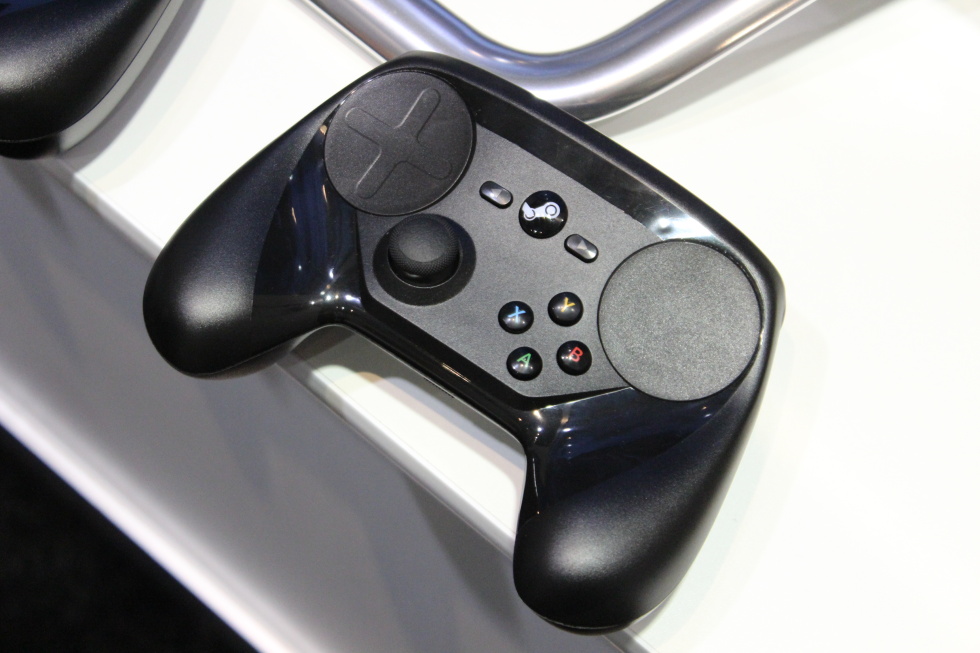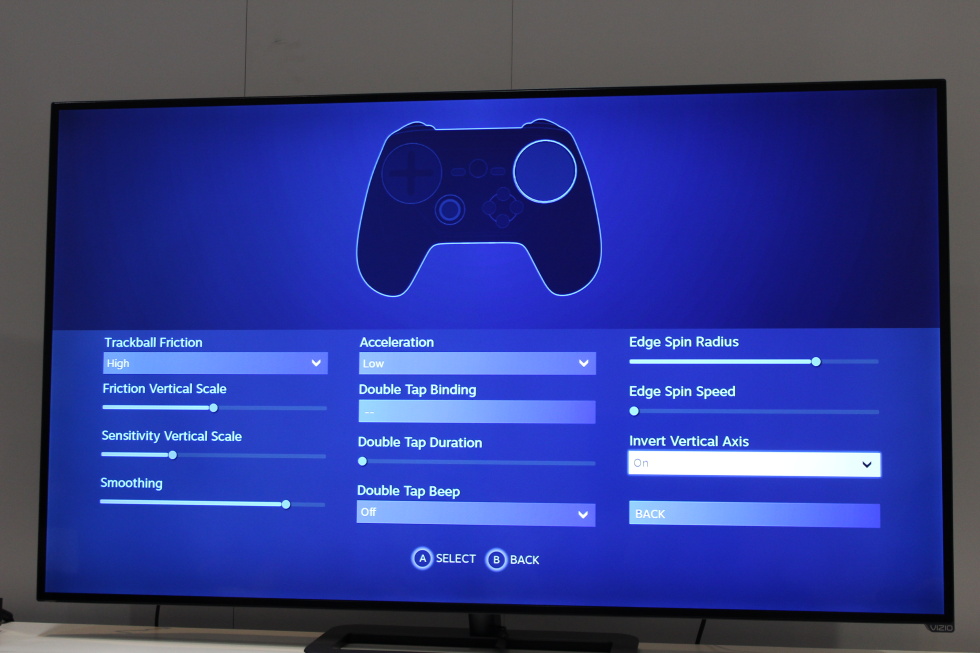SAN FRANCISCO—On Wednesday, two months after the Rock Band game franchise sputtered back to life, the staff at music-game developer Harmonix confirmed to Ars Technica that an even bigger release is on its way. Rock Band 4 is coming, and according to Harmonix, it’ll launch on Playstation 4 and Xbox One by the end of 2015.
However, it wasn’t quite the announcement event we were hoping for. Quite frankly, we were bummed to walk into a Harmonix meeting room and not see a single plastic guitar or drum set to muck around with, let alone even a hint of new Rock Band gameplay.
The reason? “We gotta get ahead of a lot of things first,” Harmonix product manager Daniel Sussman told Ars. “We’re out earlier than we have been in games past, talking about a release, to address the questions that everyone will have about their content, their hardware.”
Read 12 remaining paragraphs | Comments



